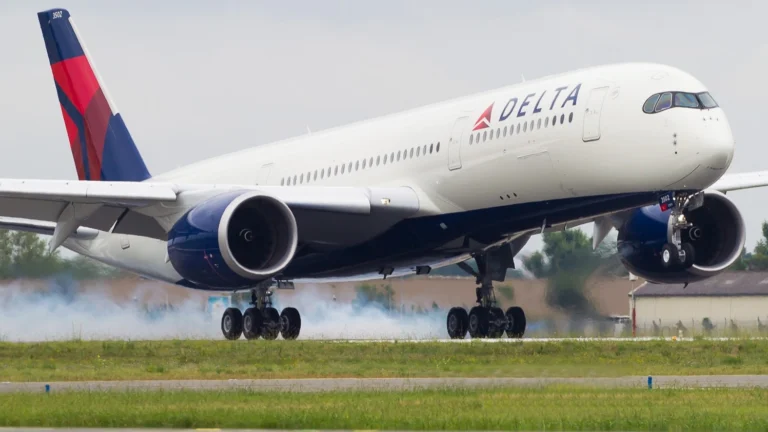Introduction
The Problem: Unexpected mid-flight diversions can shake even experienced travelers, raising questions about flight safety, passenger care, and how airlines respond during emergencies.
The Solution: This article offers a comprehensive breakdown of the delta flight dl275 diverted lax incident—exploring causes, airline response, passenger impact, and industry insights—so you can stay informed and confident when the unexpected happens.
Understanding the Delta Flight DL275 Diversion to LAX
On July 27, 2025, Delta Flight DL275, a long-haul route from Seoul-Incheon (ICN) to Atlanta (ATL) or Detroit (DTW)—depending on reports—was diverted mid-flight to Los Angeles International Airport (LAX). Grounded at a critical moment, the decision prioritized safety and operational capability.
What Prompted the Diversion?
Initial reports indicate that a **technical fault—specifically a malfunction in the engine’s anti-ice system—**triggered the decision to divert. Though not immediately dangerous, ignoring such issues over the remote Pacific airspace would be risky.
Why LAX Was Chosen for the Emergency Landing
LAX is a strategic decision point due to:
- It’s status as a hub airport with Delta maintenance teams.
- Proximity relative to the remaining flight path.
- Access to customs, crew support, and onward connections.
A Clear Timeline of Events
- Flight DL275 departed as planned from its origin (either Detroit or Seoul)
- Mid-flight, pilots detected a safety-related issue
- Diversion initiated over the Pacific
- The aircraft landed safely at LAX, with no injuries reported
What Happens When a Flight Is Diverted?
Diversions involve:
- Coordination with air traffic control
- Communication with passengers
- Airborne routing to a safe airport
- Ground logistics, including rebooking, accommodations, and aircraft checks
Passenger Experience & Airline Response
Passengers on DL275 faced uncertainty, but airline staff handled the situation with professionalism—facilitating updates, assistance, and coordination for next steps.
Industry experts affirm that diversions, while rare, highlight aviation’s commitment to safety protocols and training.
How to Track a Diverted Flight in Real Time
You can stay informed using:
- FlightAware or Flightradar24
- Airline mobile apps (e.g., Delta app)
- Google search with the flight number
Why This Incident Matters for Air Travel
The diversion brought attention to:
- The complexity behind emergency decisions in aviation
- The effectiveness of pilot training and safety systems
- The importance of transparent communication and infrastructure readiness
Lessons for Travelers
- Keep your airline’s app active for immediate updates
- Stay adaptable: diversions are rare but safety-driven
- Understand your passenger rights—accommodations, rebooking, and assistance apply
Conclusion
The Delta Flight DL275 diverted LAX underscores one core truth: aviation prioritizes safety above all. When systems signal risk—even in obscure components like anti-ice mechanisms—pilots and airlines are trained to act decisively. For travelers, this means delays and reroutes are frustrating but ultimately protective. Staying informed, flexible, and calm is the best way to weather such unexpected turns in air travel.

